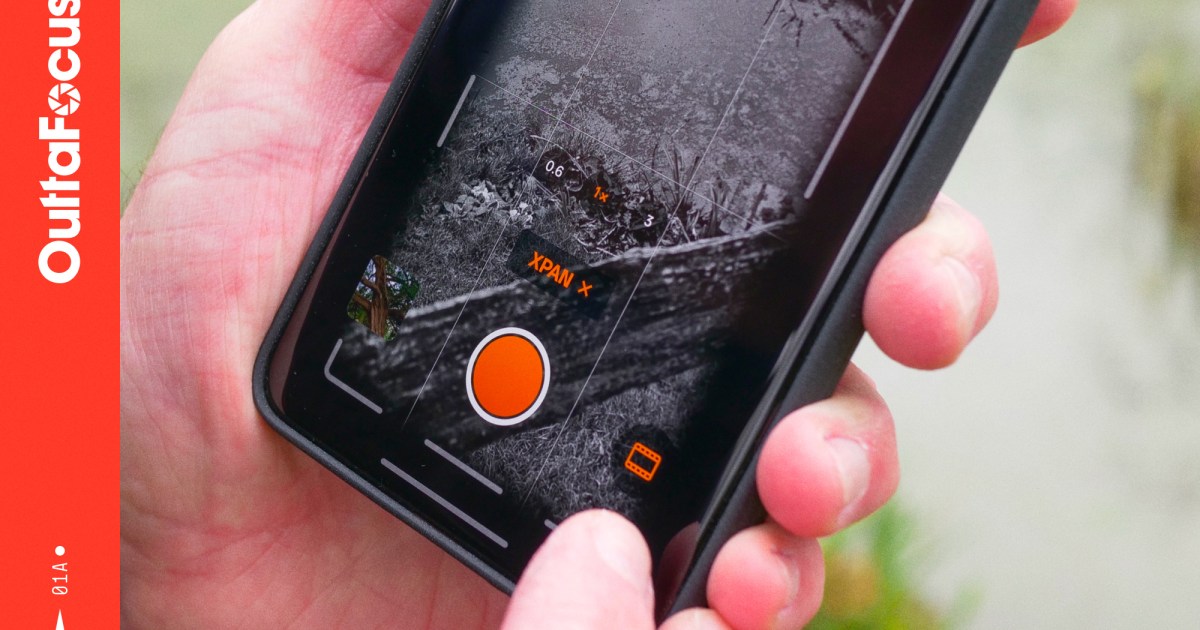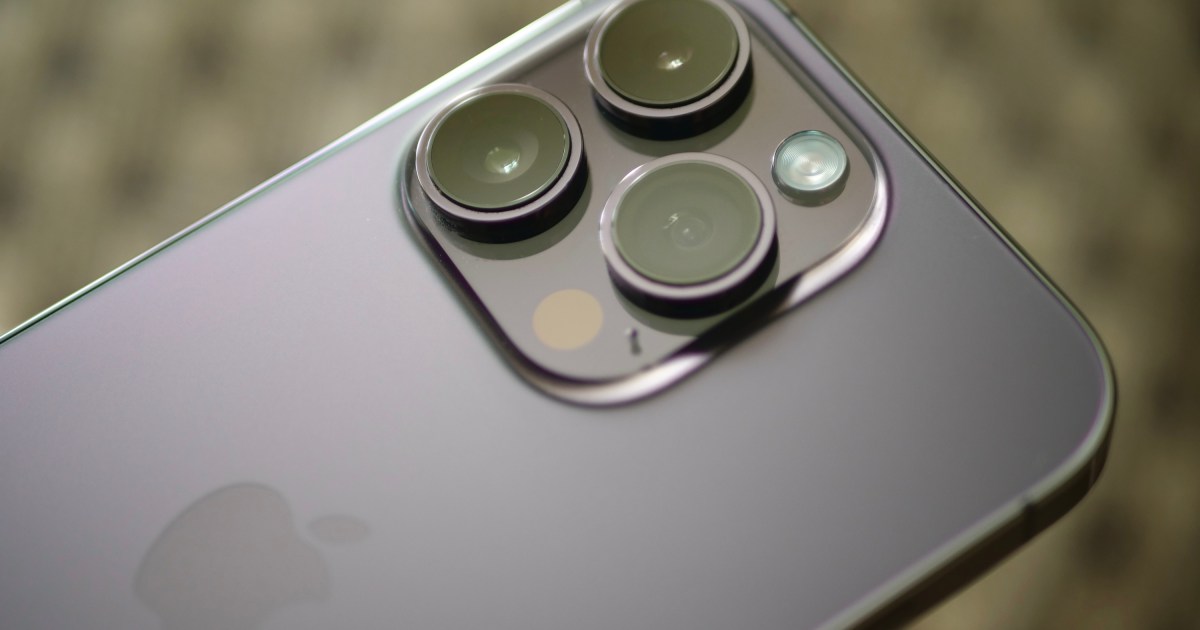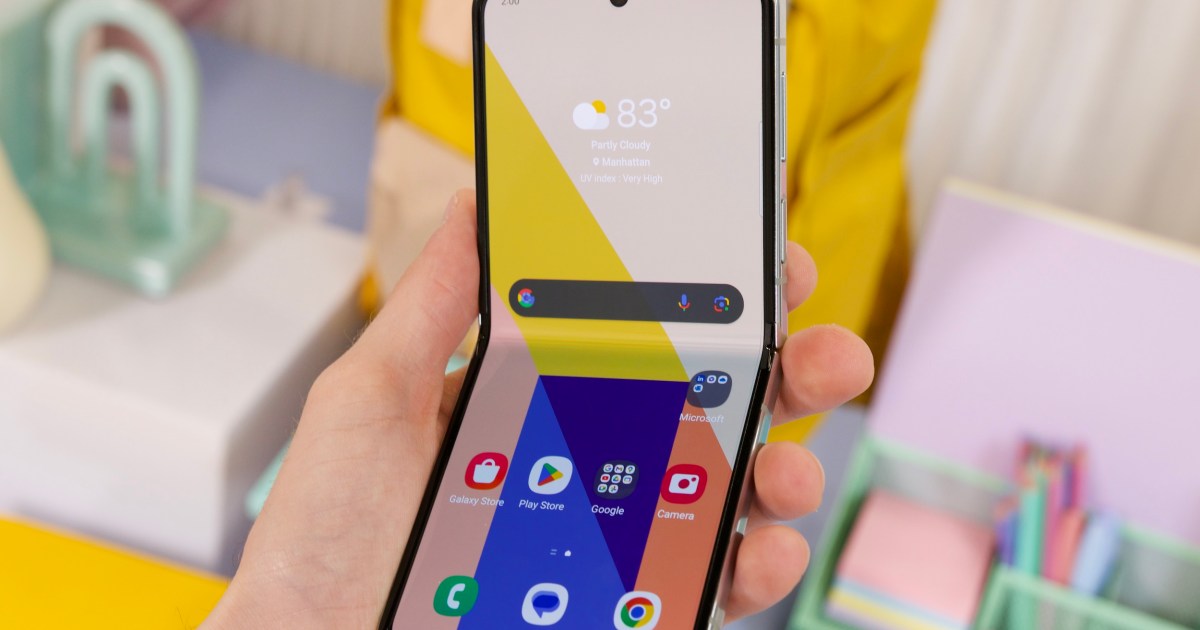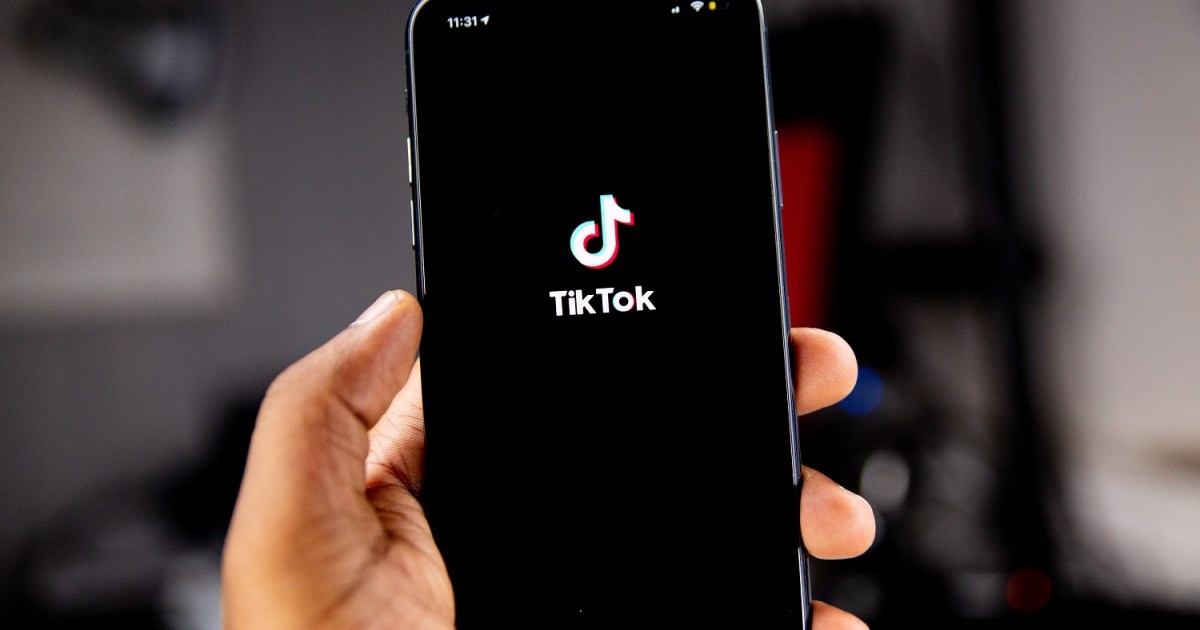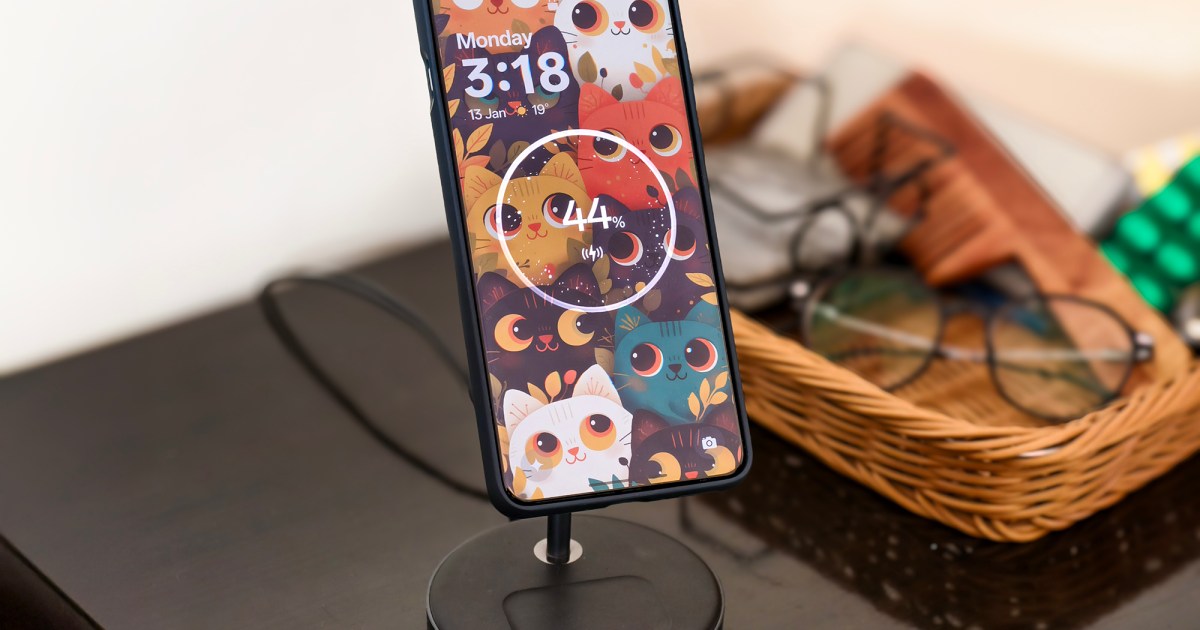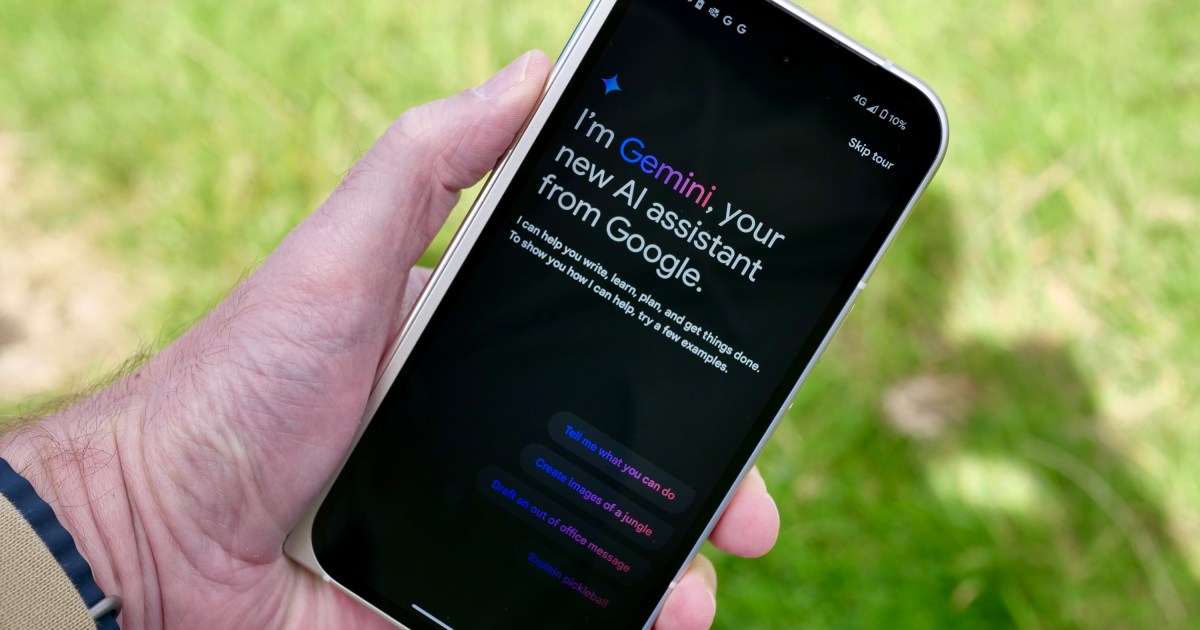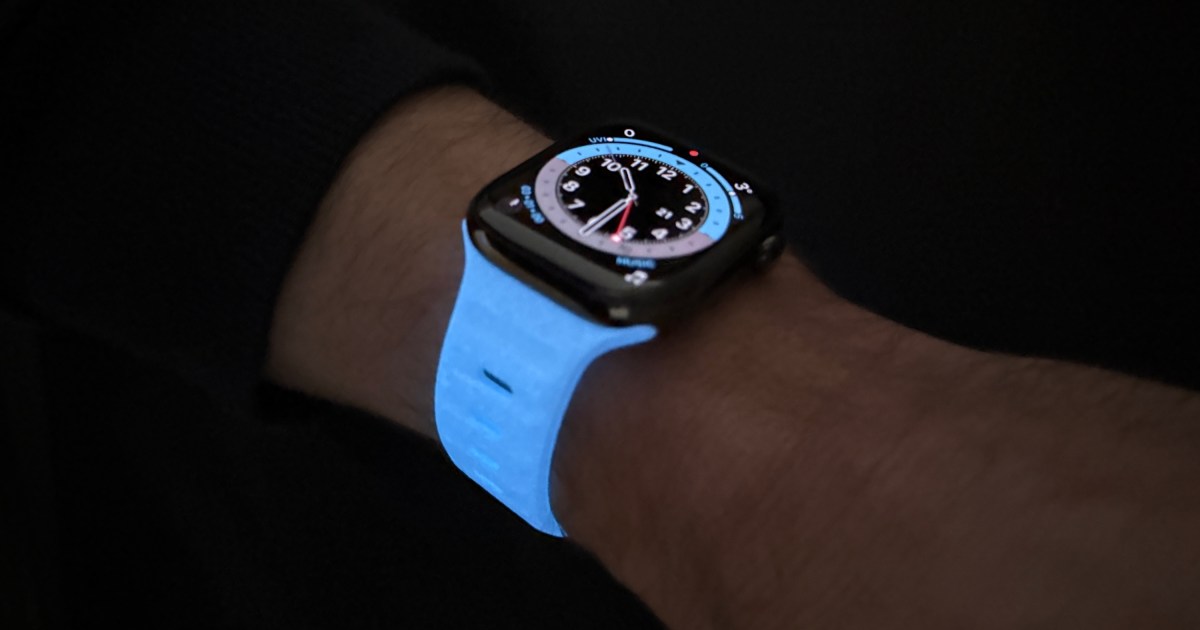Initially, I dismissed the XPan mode on OnePlus phones as a mere marketing ploy tied to the Hasselblad partnership. It felt like a novelty, not a genuinely useful feature. However, after revisiting XPan on the OnePlus 13, a phone boasting one of the best cameras in the OnePlus lineup, my perspective has shifted dramatically.
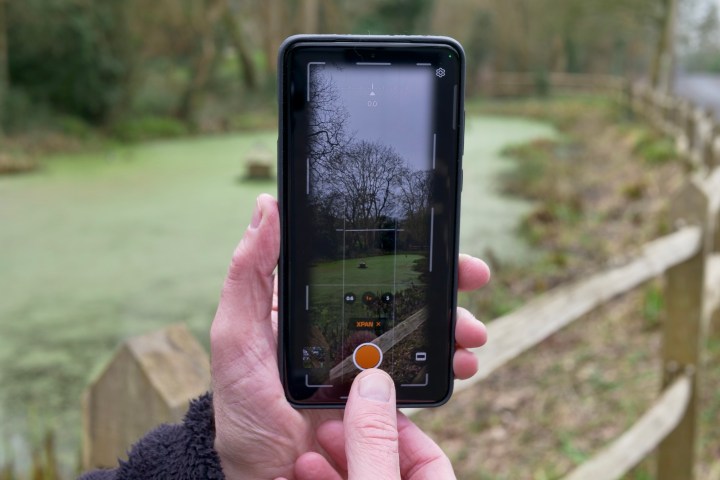 A person using the XPan mode on the OnePlus 13.
A person using the XPan mode on the OnePlus 13.
Beyond the Historical Novelty
The original Hasselblad XPan, launched in 1998 with Fujifilm, was a groundbreaking dual-format 35mm camera renowned for its panoramic 65:24 aspect ratio. While OnePlus’s XPan mode pays homage to this legacy, it’s not simply a historical reenactment. You can find this feature tucked away in the “More” section of the camera app on OnePlus phones since the OnePlus 9, easily draggable to the main camera bar for quick access.
 A photo taken using the XPan mode on the OnePlus 13.
A photo taken using the XPan mode on the OnePlus 13.
The OnePlus 13’s XPan mode offers focal length flexibility with 15mm (ultra-wide), 23mm (wide), and 73mm (telephoto) equivalents. This deviates from the purist XPan experience but significantly enhances accessibility. The distinctive interface, complete with a custom overlay and a negative flash after capturing a shot, adds to the unique charm.
More Than Just a Gimmick
 A photo taken using the XPan mode on the OnePlus 13.
A photo taken using the XPan mode on the OnePlus 13.
I rarely shoot panoramic images, so initially, the XPan mode felt awkward. Researching the original XPan camera highlighted the format’s learning curve and its potential for dramatic, rewarding results. This sparked my curiosity. While the OnePlus 13’s XPan mode might not have an immediately obvious everyday use case compared to the standard wide-angle lens, its artistic potential intrigued me.
 A photo taken using the XPan mode on the OnePlus 13.
A photo taken using the XPan mode on the OnePlus 13.
 A photo taken using the XPan mode on the OnePlus 13.
A photo taken using the XPan mode on the OnePlus 13.
 A photo taken using the XPan mode on the OnePlus 13.
A photo taken using the XPan mode on the OnePlus 13.
Experimenting with XPan, I discovered the power of its cinematic framing. The unique aspect ratio demands a fresh perspective on composition, leading to stunningly serene, moody, or dramatically exciting images. It’s not always the right choice, just like a 1:1 aspect ratio isn’t universally applicable, but when it works, the results are captivating.
Embracing the XPan Vision
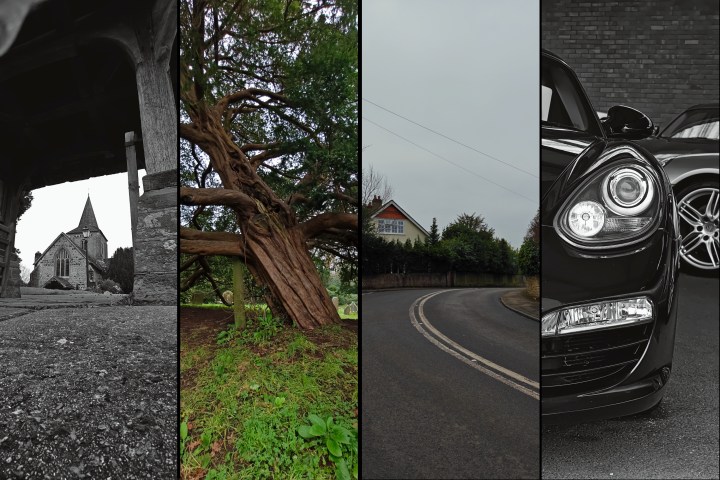 Photos taken using the XPan mode on the OnePlus 13.
Photos taken using the XPan mode on the OnePlus 13.
My experience with the OnePlus 13’s XPan mode has been surprisingly enjoyable. This newfound appreciation likely stems from growth as a photographer, embracing unconventional approaches, and the OnePlus 13’s exceptional camera capabilities. Perhaps Hasselblad’s refined collaboration with OnePlus has also elevated the mode’s performance.
However, a persistent issue remains: the 7872 x 2912 pixel resolution, while impressive on larger displays, renders poorly on social media platforms. The wide format simply doesn’t translate well to smaller screens.
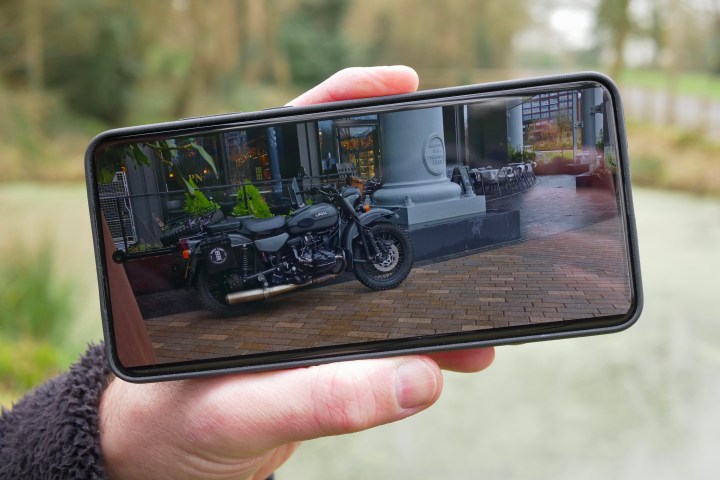 A person showing an XPan photo on the OnePlus 13.
A person showing an XPan photo on the OnePlus 13.
This shouldn’t deter you from exploring XPan. Photography can be a personal journey of creative expression, not solely for social media validation. Not everyone will appreciate the XPan aesthetic, but its unique perspective adds another compelling reason to consider the OnePlus 13, a phone that continues to impress.



